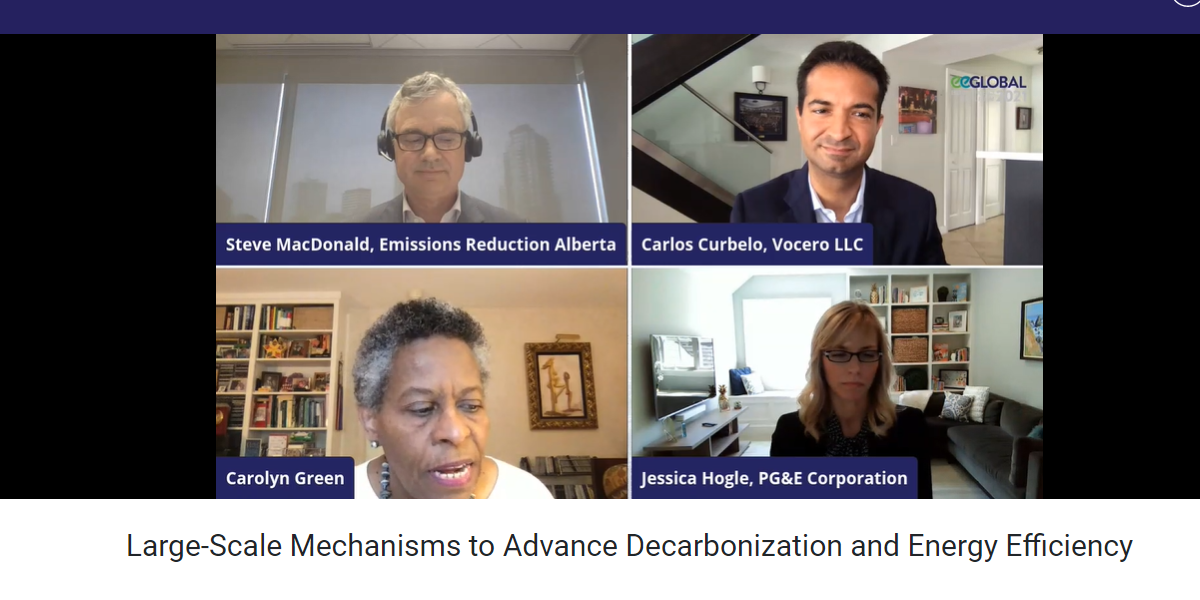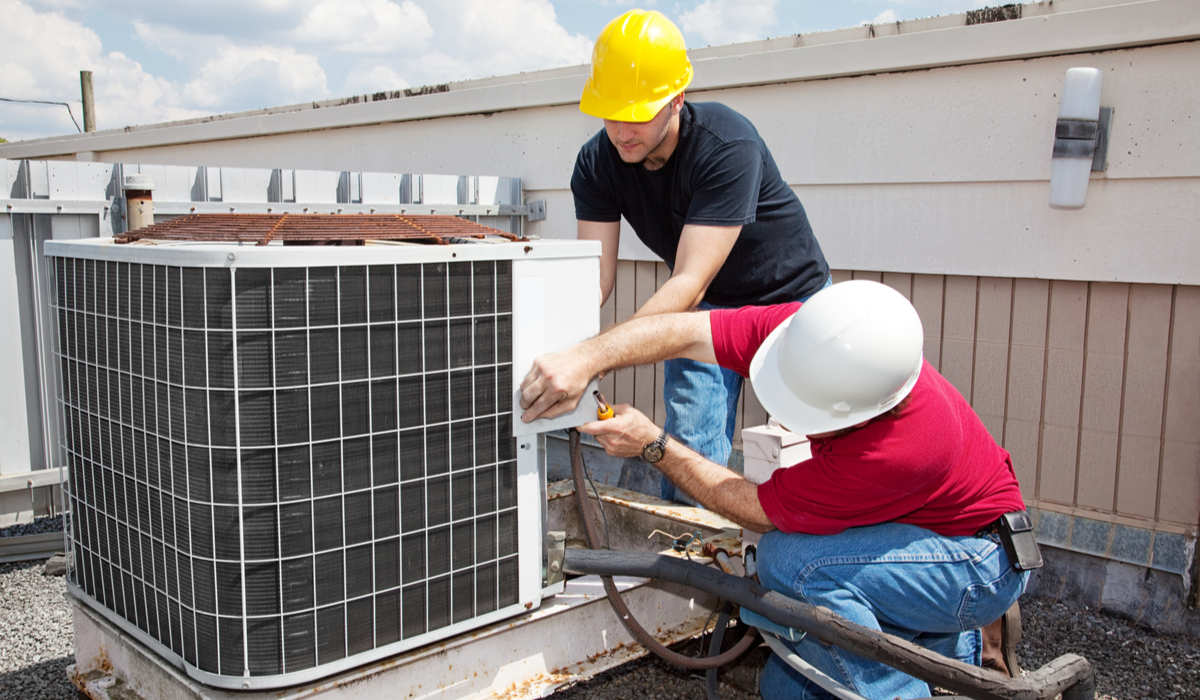IEA Report Explains Impact of Energy Efficiency
Let's Save Energy
Alliance to Save Energy's Blog
IEA Report Explains Impact of Energy Efficiency

The International Energy Agency (IEA) recently released its annual Energy Efficiency Market Report 2014. The report shows the overwhelmingly positive impact energy efficiency has had on a global scale. In 2012, global investment in energy efficiency was between $310 billion and $360 billion, which is an increase over the approximately $300 billion spent in 2011. IEA expects energy efficiency investment to grow as countries embrace the many benefits energy efficiency offers.
How Much Have We Saved?
Although limited by available data, IEA calculated that the energy savings from energy efficiency in 2011 (most recent year available) for 11 IEA member countries equaled 53 quadrillion Btus (Q).[i] To put that in perspective, the savings from energy efficiency were greater than the 2011 total final consumption (TFC) of all energy sources combined for the European Union or equal to 87% of TFC for the United States.
Energy efficiency is the world’s cheapest, cleanest and most abundant energy resource, which has given rise to its designation as the “first fuel.” The amount of energy that was saved in 2011 due to investments in energy efficiency becomes even more impressive when compared to the amount produced by other sources. Energy savings actually exceeded the amount of energy supplied by oil (47 Q), electricity (22 Q) or natural gas (20 Q). The value of that avoided energy use is worth approximately $743 billion.
What Does That Mean?
The impact of these energy savings is important. Think about how different energy consumption in the world would be today if energy efficiency advances since the 1970s had no happened. Even when looking at the period from 2001 to 2011, without the energy efficiency gains made in the 18 IEA member countries, their energy consumption in 2011 would have been 8.7 Q higher.[ii] Cumulatively, savings from energy efficiency over that period totaled 68 Q. These savings have also helped to moderate the impact of rising energy costs over that period, which have ranged from 11-52% in the 18 IEA member countries, by reducing the amount of energy consumed.
Transportation
The transportation sector has attracted significant investments in energy efficiency. Fuel economy standards are a primary method for improving efficiency in this sector. While these standards are not uniform across all vehicle classifications, 70% of the global light-duty vehicle (LDV) market is now covered. Proposed standards are expected to draw annual investments of $80 billion through 2020 and, depending on which standards are adopted, could produce energy savings worth between $40 and $189 billion per year by 2020.
While LDV fuel efficiency has received significant attention, trucks and other heavy-duty vehicles (HDVs) have received less. The application of energy efficiency standards and technologies to HDVs will achieve substantial fuel savings and reduce pollution emissions. Fuel cost is the main factor behind transport energy efficiency investments. With global expenditures on fuel projected to increase to $2.8 trillion by 2020, investments are also expected to increase.
Investment
Efforts to improve energy efficiency across all sectors have traditionally run into funding barriers because they require an upfront investment that produces savings over time. There has been growth in green investment banks, specifically in Germany, France and the United Kingdom that use both public and private capital to spur investments in energy efficiency. In addition, multilateral development banks like the World Bank have also been actively contributing to energy efficiency. Similarly, there are also other financial vehicles that have been used to fund energy efficiency projects. Three available options are energy performance contracts, clean energy bonds and on-bill[iii] financing programs.
Conclusion
As this report shows, energy efficiency has provided very significant energy savings over the last few decades. Savings have grown in the last decade and annual investments have been increasing; energy efficiency is poised to deliver even greater savings in the years to come.
[i] 11 countries are: Australia, Denmark, Finland, France, Germany, Italy, Japan, the Netherlands, Sweden, the United Kingdom and the United States.
[ii] 18 countries include 11 listed above plus: Austria, Canada, Czech Republic, South Korea, New Zealand, Spain and Switzerland.
[iii] Refers to programs allowing energy upgrades to be repaid via utility bills.
RECENT BLOG POSTS
STAY EMPOWERED
Help the Alliance advocate for policies to use energy more efficiently – supporting job creation, reduced emissions, and lower costs. Contact your member of Congress.
Energy efficiency is smart, nonpartisan, and practical. So are we. Our strength comes from an unparalleled group of Alliance Associates working collaboratively under the Alliance umbrella to pave the way for energy efficiency gains.
The power of efficiency is in your hands. Supporting the Alliance means supporting a vision for using energy more productively to achieve economic growth, a cleaner environment, and greater energy security, affordability, and reliability.



